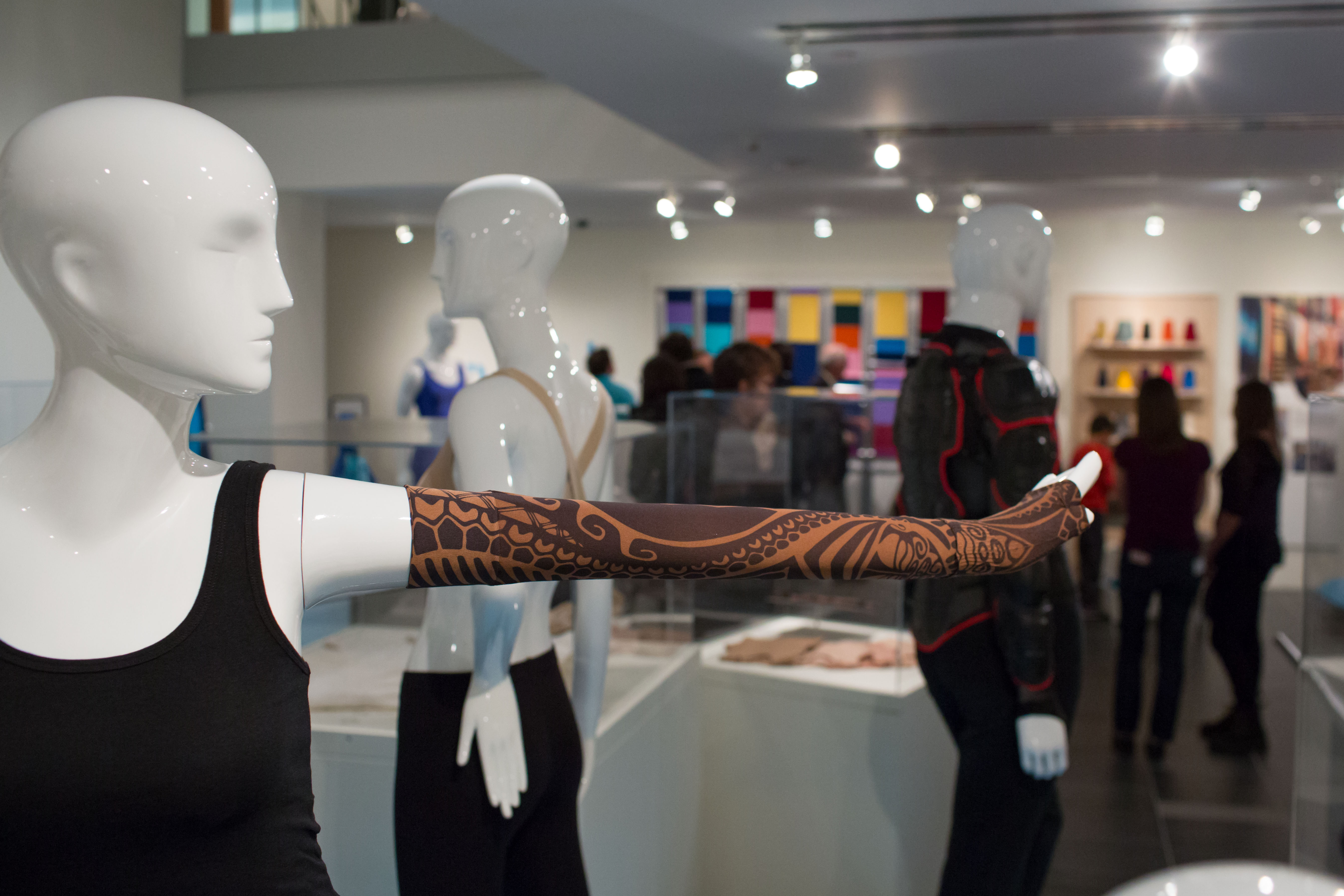|
Lymphotherapy
Lymphotherapy (''lymphatic physiotherapy'') is a method by which pressure applied on specific lymph nodes alters lymphatic response. Proponents state it can be used for lymphedema and breast cancer. History Lymphotherapy was first suggested in 1918 by Dr. S. Artault de Vevey in the Paris Therapeutic Society as a treatment for infectious diseases, though it had many fans as well as opponents. This treatment was popular in Italy in the 1960s and 1970s. Currently, lymphotherapy practice has been documented in complementary and alternative medicine. AltMedicineZone.com. August 18, 2010. Effects Complete decongestive lymphatic physiotherapy demands substantial time and effort from patients to maintain the benefits; treatments are not always well-a ...[...More Info...] [...Related Items...] OR: [Wikipedia] [Google] [Baidu] |
Manual Lymphatic Drainage
Manual lymphatic drainage (MLD) is a type of manual manipulation of the skin, not to be confused with massage, based on the hypothesis that it will encourage the natural drainage of the lymph, which carries waste products away from the tissues back toward the heart. The lymph system depends on intrinsic contractions of the smooth muscle cells in the walls of lymph vessels (peristalsis) and the movement of skeletal muscles to propel lymph through the vessels to lymph nodes and then to the lymph ducts, which return lymph to the cardiovascular system. Manual lymph drainage uses a specific amount of pressure (less than 9oz per square inch or about 4kPa), and rhythmic circular movements to stimulate lymph flow. Medical use Studies show mixed results regarding the efficacy of the method in treating lymphedema, and further studies are needed. A 2013 systematic review of manual lymphatic drainage with regard to breast cancer–related lymphedema found no clear support for the effectiven ... [...More Info...] [...Related Items...] OR: [Wikipedia] [Google] [Baidu] |
Lymph Nodes
A lymph node, or lymph gland, is a kidney-shaped Organ (anatomy), organ of the lymphatic system and the adaptive immune system. A large number of lymph nodes are linked throughout the body by the lymphatic vessels. They are major sites of lymphocytes that include B cell, B and T cells. Lymph nodes are important for the proper functioning of the immune system, acting as filters for foreign particles including cancer cells, but have no detoxification function. In the lymphatic system, a lymph node is a Lymphatic system#Secondary lymphoid organs, secondary lymphoid organ. A lymph node is enclosed in a fibrous capsule and is made up of an outer cortex and an inner medulla. Lymph nodes become inflamed or enlarged in various diseases, which may range from trivial Pharyngitis, throat infections to life-threatening cancers. The condition of lymph nodes is very important in cancer staging, which decides the treatment to be used and determines the prognosis. Lymphadenopathy refers to gland ... [...More Info...] [...Related Items...] OR: [Wikipedia] [Google] [Baidu] |
Lymphedema
Lymphedema, also known as lymphoedema and lymphatic edema, is a condition of localized edema, swelling caused by a compromised lymphatic system. The lymphatic system functions as a critical portion of the body's immune system and returns interstitial fluid to the bloodstream. Lymphedema is most frequently a complication of cancer treatment or parasitic infections, but it can also be seen in a number of genetic disorders. Tissues with lymphedema are at high risk of infection because the lymphatic system has been compromised. Though incurable and progressive, a number of treatments may improve symptoms. This commonly includes compression therapy, good skin care, exercise, and manual lymphatic drainage (MLD), which together are known as combined decongestive therapy. Diuretics are not useful. Signs and symptoms The most common manifestation of lymphedema is soft tissue swelling (edema). As the disorder progresses, worsening edema and skin changes including discoloration, verr ... [...More Info...] [...Related Items...] OR: [Wikipedia] [Google] [Baidu] |
Breast Cancer
Breast cancer is a cancer that develops from breast tissue. Signs of breast cancer may include a Breast lump, lump in the breast, a change in breast shape, dimpling of the skin, Milk-rejection sign, milk rejection, fluid coming from the nipple, a newly inverted nipple, or a red or scaly patch of skin. In those with Metastatic breast cancer, distant spread of the disease, there may be bone pain, swollen lymph nodes, shortness of breath, or yellow skin. Risk factors for developing breast cancer include obesity, a Sedentary lifestyle, lack of physical exercise, alcohol consumption, hormone replacement therapy during menopause, ionizing radiation, an early age at Menarche, first menstruation, having children late in life (or not at all), older age, having a prior history of breast cancer, and a family history of breast cancer. About five to ten percent of cases are the result of an inherited genetic predisposition, including BRCA mutation, ''BRCA'' mutations among others. Breast ... [...More Info...] [...Related Items...] OR: [Wikipedia] [Google] [Baidu] |
Infectious Diseases
infection is the invasion of tissues by pathogens, their multiplication, and the reaction of host tissues to the infectious agent and the toxins they produce. An infectious disease, also known as a transmissible disease or communicable disease, is an illness resulting from an infection. Infections can be caused by a wide range of pathogens, most prominently bacteria and viruses. Hosts can fight infections using their immune systems. Mammalian hosts react to infections with an innate response, often involving inflammation, followed by an adaptive response. Treatment for infections depends on the type of pathogen involved. Common medications include: * Antibiotics for bacterial infections. * Antivirals for viral infections. * Antifungals for fungal infections. * Antiprotozoals for protozoan infections. * Antihelminthics for infections caused by parasitic worms. Infectious diseases remain a significant global health concern, causing approximately 9.2 million deaths ... [...More Info...] [...Related Items...] OR: [Wikipedia] [Google] [Baidu] |
Alternative Medicine
Alternative medicine refers to practices that aim to achieve the healing effects of conventional medicine, but that typically lack biological plausibility, testability, repeatability, or supporting evidence of effectiveness. Such practices are generally not part of evidence-based medicine. Unlike modern medicine, which employs the scientific method to test plausible therapies by way of Guidelines for human subject research, responsible and ethical clinical trials, producing repeatable evidence of either effect or of no effect, alternative therapies reside outside of mainstream medicine and do not originate from using the scientific method, but instead rely on testimonials, anecdotes, religion, tradition, superstition, belief in supernatural "Energy (esotericism), energies", pseudoscience, fallacy, errors in reasoning, propaganda, fraud, or other unscientific sources. Frequently used terms for relevant practices are New Age medicine, wikt:pseudo-medicine, pseudo-medicine, unortho ... [...More Info...] [...Related Items...] OR: [Wikipedia] [Google] [Baidu] |
Lymphology
The lymphatic system, or lymphoid system, is an organ system in vertebrates that is part of the immune system and complementary to the circulatory system. It consists of a large network of lymphatic vessels, lymph nodes, lymphoid organs, lymphatic tissue and lymph. Lymph is a clear fluid carried by the lymphatic vessels back to the heart for re-circulation. The Latin word for lymph, , refers to the deity of fresh water, "Lympha". Unlike the circulatory system that is a closed system, the lymphatic system is open. The human circulatory system processes an average of 20 litres of blood per day through capillary filtration, which removes plasma from the blood. Roughly 17 litres of the filtered blood is reabsorbed directly into the blood vessels, while the remaining three litres are left in the interstitial fluid. One of the main functions of the lymphatic system is to provide an accessory return route to the blood for the surplus three litres. The other main function is that of ... [...More Info...] [...Related Items...] OR: [Wikipedia] [Google] [Baidu] |




